If you’re like most Australian homeowners, your roof has a…
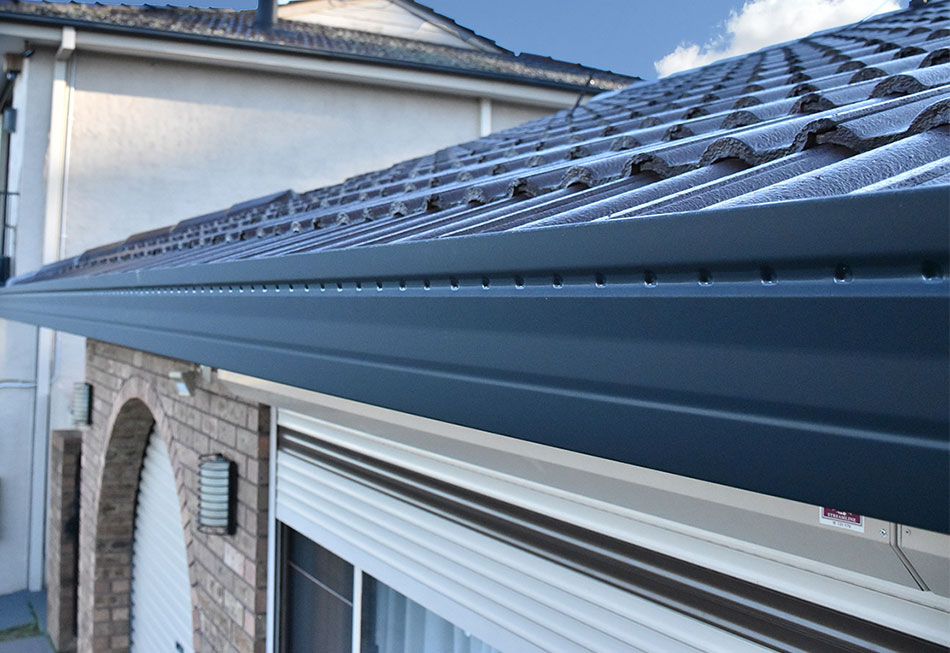
Australian Gutter types and sizes
There is only one solution to preserve the facades of your house in the long term: install a gutter! As an integral part of the roof, the gutter is designed to collect rainwater so that it does not run off the walls or – worse – seep into your home. In other words, they ensure that the water is drained away. When replacing old gutters on your Melbourne home, there are different types of gutters to choose from, depending on precise parameters. Vivify Roofing will help you to understand them in this article.
What makes up a gutter?
Before you start your construction or renovation work and make your choice among the different gutter types and profiles, here is a summary of the main components of a gutter:
- The horizontal part: whatever its aesthetics and dimensions, this part collects the rainwater that runs off the roof.
- The downpipe: this is the vertical part, of variable diameter, which allows the water to be drained from the horizontal part to the drainage system.
- The niches: these are the accessories that serve as connections between the gutter and the downspout.
- The collector: this is the element that connects the downspout to the drainage system.
A gutter is a component of a water discharge system for a building. It is necessary to prevent water damaging the walls, drenching people, or entering the building. – Wikipedia
Why are gutters important?
A roof without gutters is exposed to several damages that eventually lead to its deterioration. The presence of moisture accelerates the decline of the roof. It results in major renovations as the rainwater infiltrates the roof and the attic.
The installation of gutters avoids the concentration of rainwater in the foundations and the risk of this water falling off. If there are no gutters, the foundations become waterlogged and risk capillary rise.
The appearance of fungus, moss and micro-cracks and the flaking of paint and plaster are signs of this phenomenon. In addition to its unsightly appearance, capillary rise weakens the building and damages the health of its occupants.
What are the different types of gutters in Australia?
In Australia, three main types of gutters are currently used: fascia gutters, box gutters, and concealed gutters.
These different systems each have their own advantages and disadvantages. Depending on what you are after for your property, one of the gutter types may be the most suitable for your roof.
Fascia gutters
Fascia or eaves gutters are the most commonly found gutter type in Australia. The gutter can be installed on the roof rafters directly because of its association with the fascia. It does not therefore require a conventional fascia, whether it’s made of metal or wood-based materials.
This type of gutter is so popular because it is best suited to situations where large amounts of water need to be evacuated quickly. They are therefore considered to be the safest, most efficient, and most durable option. If you want to cover a very large roof or if you live in an area where the weather is not favourable, fascia gutters are the best solution.
Aesthetically, the gutter is logically exposed and visible from the ground. For this reason, gutters come in a wide range of combinations, colours, profiles, and coatings. The materials used are usually Colorbond or Zincalume.
The only disadvantage of the Fascia gutters is that you need to keep the gutters cleaned to make sure the water is flowing well. Gutter guards can help you overcome this issue, as well as a professional gutter cleaning company.
Box gutters
Box are often, but not always, rectangular in shape. They come in between two parallel parts of the roof edge. This type of gutter is mainly found on historic houses, i.e. buildings built at the beginning of the 20th century or even before. However, their popularity is rising in the last 20 years.
This gutter is the most suitable drainage system for your home if your roof is close to a wall. If you want to restore a historic property to its original splendour, then box gutters are the perfect option. But they’re also more and more used more modern buildings, as they are not visible from the ground and blend nicely to the overall structure.
However, as you might expect, this type of gutter also comes with some disadvantages. The first is the price, which is often quite high. This is because the wood used to fit the metal has to be made to measure for each roof. The second is the maintenance of the gutter. It has to be more thorough than 100% metal gutters. Otherwise, it would be less effective at draining stagnant water.
If you choose to use box gutters, they should be cleaned at least once a month. Make sure that the gutters are deep and wide enough to allow you to maintain them more conveniently.
If you don’t do this regularly, the water may flow directly into your house, as it has nowhere else to go. While this may seem like too much maintenance, by doing so you are extending the life of your gutter and it can serve you well for many years to come.
Concealed Gutters
Concealed gutters, also referred to as internal fixed guttering, are a type of gutter that is fixed behind the fascia. It doesn’t come on a fascia board, nor is it placed onto any outside surface. It’s totally hidden, so you can’t see it from the ground.
Concealed Gutters are often used for commercial premises. This is to allow all the banners and advertising signs as well as the lighting and security cameras to be fixed to the fascia board of the facade. This enables the shop owners to keep the gutter away from the customer’s eye so that all he can see is what is attached to the facade. For similar reasons, you can also find concealed gutters on old, historic buildings.
Although some people find concealed gutters very useful and convenient, they are less common and can be quite problematic for regular homes. In adverse weather conditions, only properly designed and installed gutters will be fully effective in draining water.
During heavy rainfall, for example, badly installed gutters will overflow. But because the water has no place to go, it will not simply run down the front of your house. It will overflow onto the siding. Then it will flow across the top of the soffit until it can escape onto the wall underlayment, and finally onto the bottom plate. As a result, the latter will start to rot. The deterioration spreads along with the frame and out in all possible directions.
The solution to this may be to install a new full-height wall underlayment system. This may be more effective than the black overlay construction paper.
What are the different profiles of gutters in Australia?
Each gutter profile has its own distinctive characteristics. It is essential to take these into account in order to have an efficient and durable draining system for your roof. Here is a summary of the most common gutter profiles in Melbourne.
Squareline
The Squareline gutter profile is a popular rainwater drainage device in Australia. The design has clean, strong lines. The front is high and the top edge slopes. This allows the ends of the tiles on the roof to be covered and therefore hidden. The dimensions are surprisingly more modest. This mix of high aesthetics with a rather discreet size is very appreciated in private residences.
A multitude of internal and external supports are available. For example, you can choose the option where the overflow slots prevent water from spilling out the back of the gutter in case of blockage.
This gutter profile can be easily combined with Longrun roof sheets or any other tile roofing. The most common materials are Zincalume by BlueScope, Galvsteel, Colorsteel Endura, and Colorsteel Maxx.
Setting a new industry benchmark, Zincalume steel is built for durability, resilience and sustainability – Steel
Sheerline
The Sheerline gutter profile is an extremely versatile design. For example, you can choose the Sheerline profile for property renovation projects, in which case the gutter will fit well on the existing roof. The concealed fastening ensures greater strength and longer life. It provides a clean, seamless finish.
This design is often used in patios, pergolas, and sheds. It is the best solution for high-profile, low-slope roofs. Its qualities also make it ideal for traditional domestic roofs, i.e. those that require more extensive drainage.
This gutter is available with or without a slot. It is also quick and easy to install. It is most compatible with steel and tile roofs.
Half-round Quad
The Half round gutters profile features a curved base that is popular among Melbourne’s most elegant buildings, both contemporary and older.
This design is not only aesthetically pleasing but also highly functional. It automatically prevents the accumulation of water and debris. This means that the gutter can clean itself after every rainfall.
This profile of gutters can come with or without slits. They protect your property more or less effectively against major water overflows. But they remain very strong and durable regardless of the chosen option. The most popular materials for this profile are Colorbond or Zincalume steel.
Quad slotted
The slotted gutter profile is the miracle solution for coastal properties. Homes that are constantly exposed not only to windy weather and the salt spray that this wind carries to their roofs. The slotted gutter is also popular in industrial settings or any home near a production area.
The slotted gutter design prevents water from overflowing the eaves. Thus, rainwater will not penetrate the building during heavy rains, or even when the water outlets are clogged.
This profile uses an invisible fastening system. It gives the façade a smooth appearance and keeps the water flow unobstructed. The most common materials used here are Colorbond or Zincalume steel. They are the most resistant, and therefore the most sustainable.
Ogee
The Ogee gutter profile is shaped like two curves forming an elongated S. This structure is visible on the front side of the gutter.
It is one of the most original and therefore distinctive profiles. It is a perfect fit for houses with character, as the curvature of the system creates a unique look. It surely makes the property stand out.
But Ogee is not only known for its interesting aesthetics. It is also a very effective tool for rainwater drainage. It has a water-carrying capacity that few others have, making the overall maintenance of your roof easier. As for the materials, Ogee likes Colorbond or Zincalume steels which reflect the quality of the gutter.
Factors that may influence the choice of gutter types and sizes
Faced with the wide variety of gutter types, profiles, and sizes, it can be hard to make a choice when renovating or building a new home. Don’t worry, there are several factors that will allow you to make a more informed choice. Nevertheless, given the potential risks involved in choosing the wrong gutters, we recommend that you leave this to roofing experts.
The surface of the roof
This is an important point, as it will allow you to determine the flow capacity that your future gutter will have to meet in order to ensure the proper flow of rainwater. To do this, you must calculate the projected surface of your roof and assess the optimal development of the gutter with regard to that. The number of vertical downspouts will depend on the roof surface.
The slope of the roof
If the gutter has no slope or an insufficient slope, the water will not run off and may stagnate. And the steeper the slope of your roof, the less water you have to drain off. For satisfactory drainage, your slope must be at least 5°, depending on the type of roofing used and the area in which you live.
Rainfall patterns
The amount of rainfall should also be taken into account when choosing the type of gutter and, more specifically, its design. If you live in a rainy area, your gutter will need to have a greater capacity to collect rainwater than if you live in a sunnier area.
The capacity to drain off the rainwater
The placement of the gutter is essential to prevent water from running between the gutter and the eaves. The sealing is particularly delicate and the connections must be carefully made to avoid any risk of leakage. The diameter and shape of the gutter outlet should not be cluttered.
What is the maintenance of a functional gutter?
A gutter system guarantees a long-lasting, healthy, and aesthetically pleasing home – at least if it is operational. It can fail to do so if it is not properly maintained. Moss, foliage, and debris that accumulate in them block the drainage system. It is necessary to clean the gutters regularly so that they can function properly.
Get in touch with Vivify Roofing
Gutters play an important role in the viability of a building. They channel rainwater to protect the building from moisture. The absence of this drainage system can cause damage both inside and outside your home.
Some if not all types of gutters require the intervention of a roofing specialist. In general, it is better to call in a professional in any case, as this is a high-risk job and requires special equipment. They will also be able to detect any faults in your system and suggest appropriate solutions.
If you are having difficulty choosing the right type and size of gutter for you, contact Vivify Roofing now!

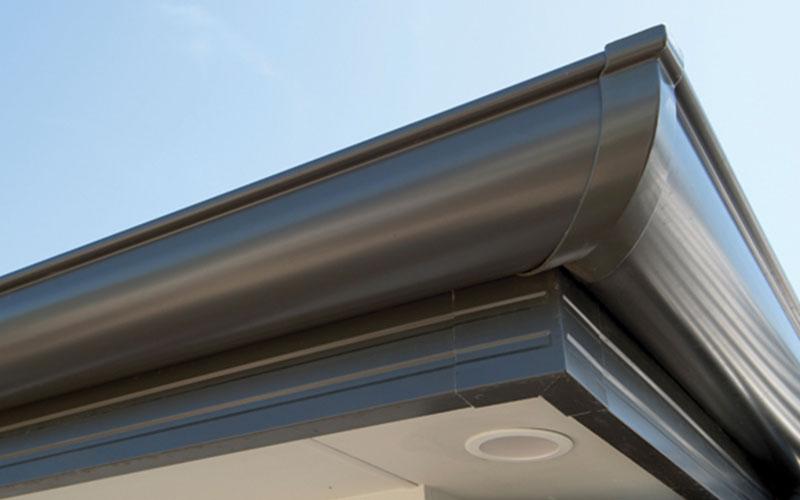
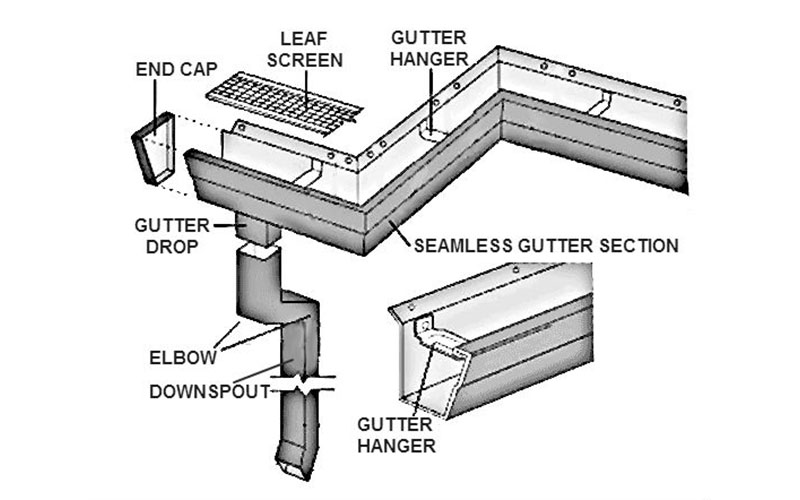
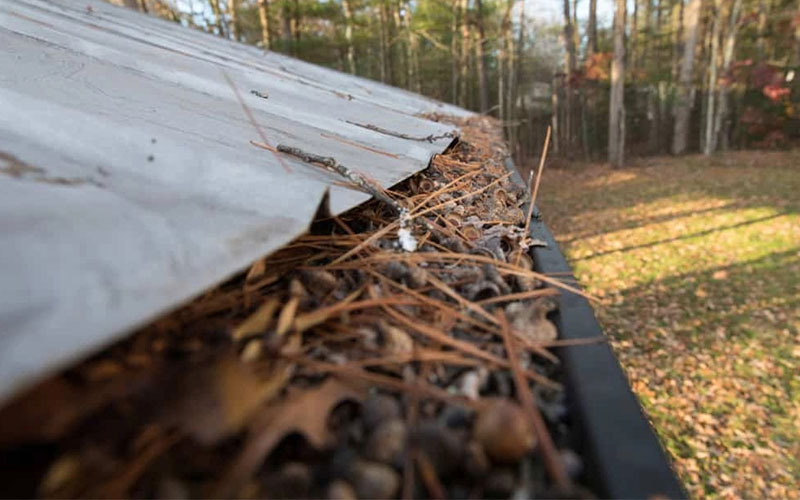
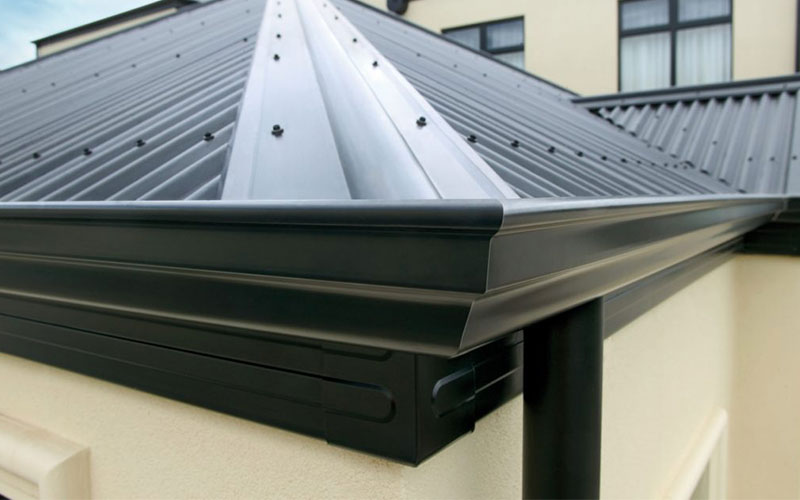
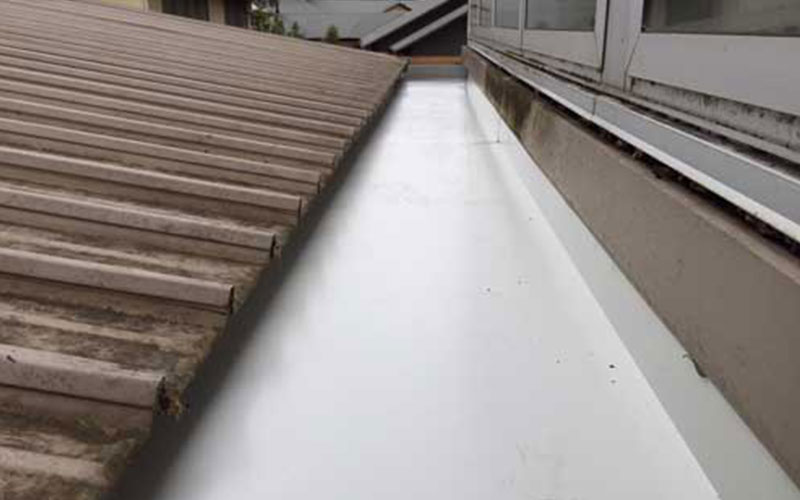
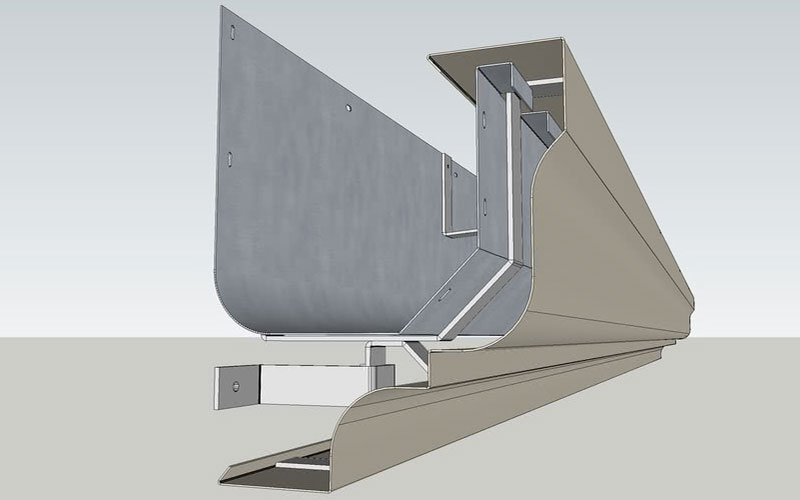
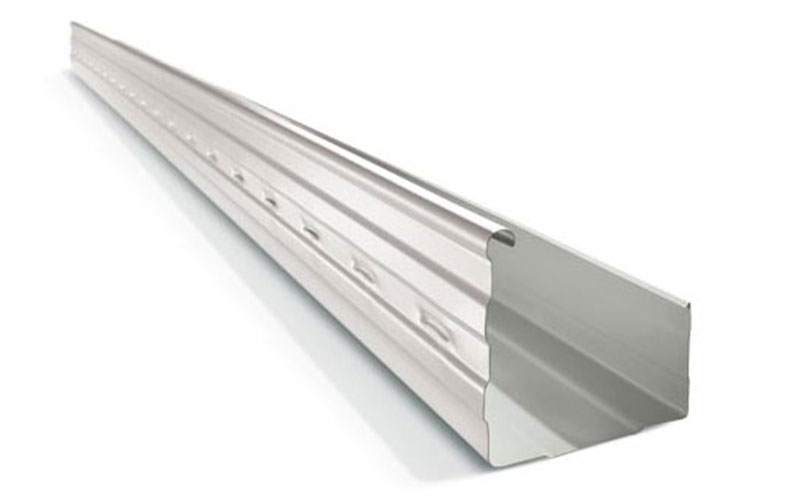
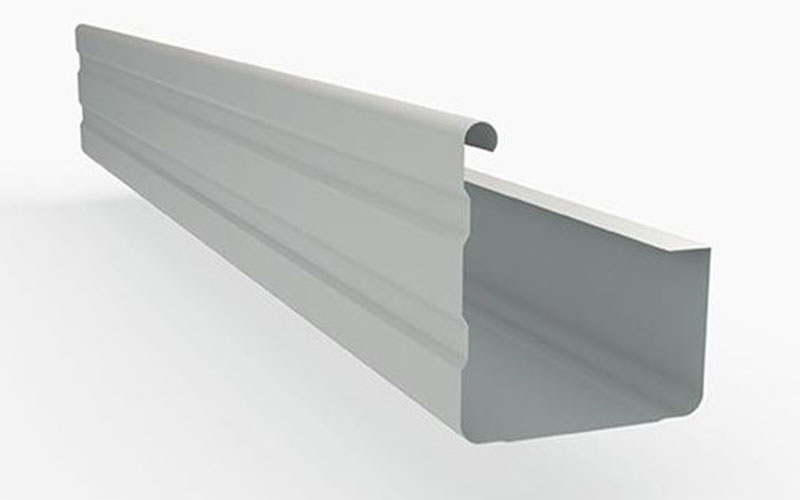
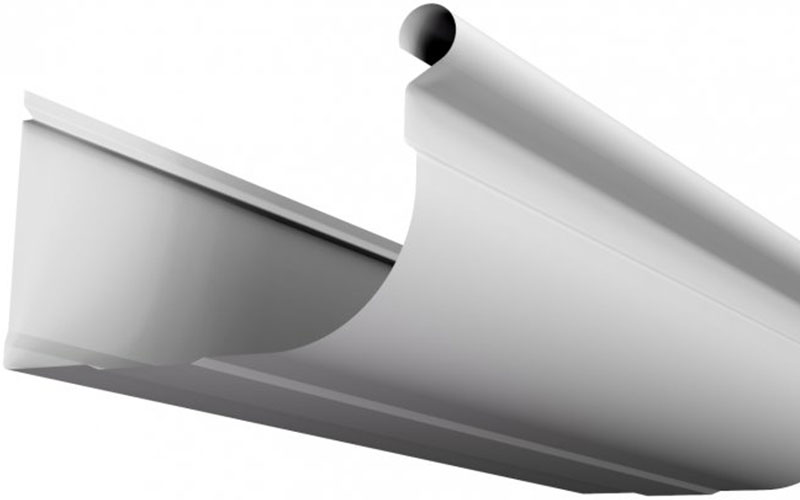
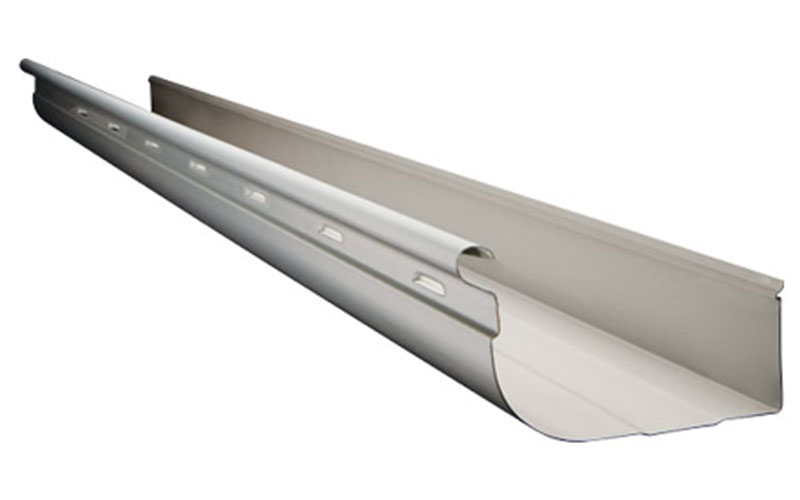


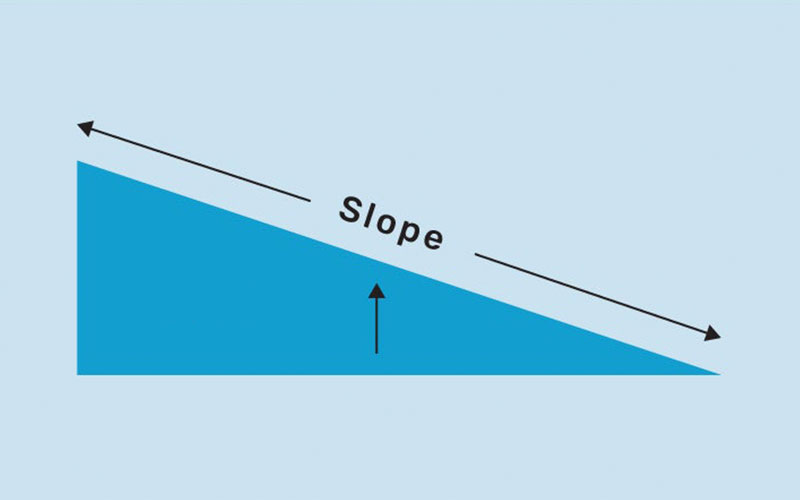

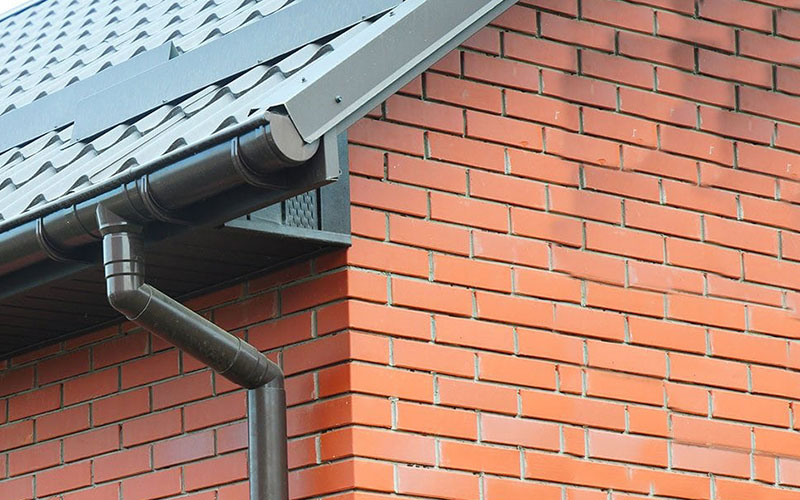

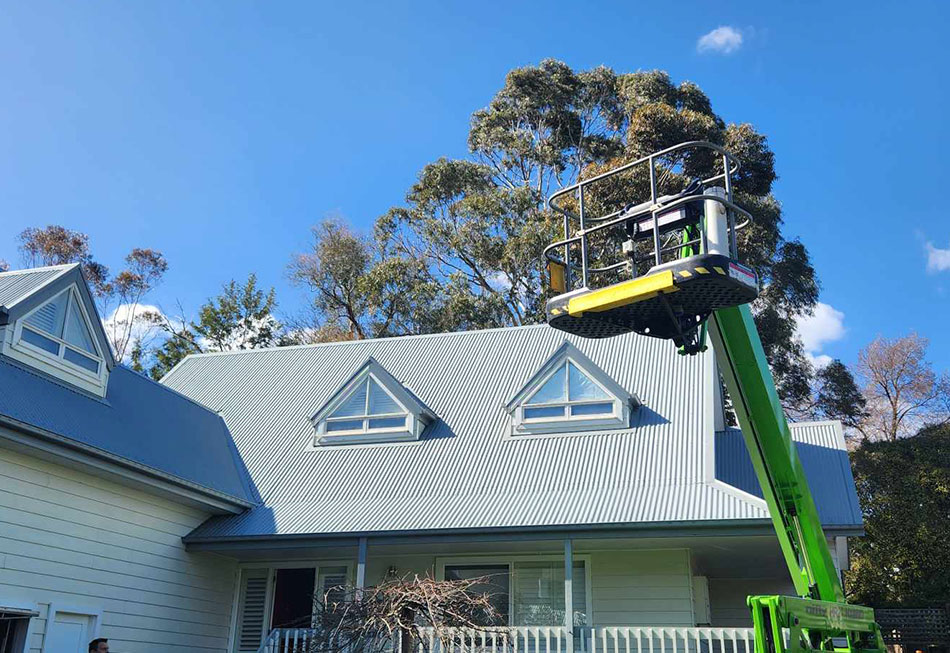
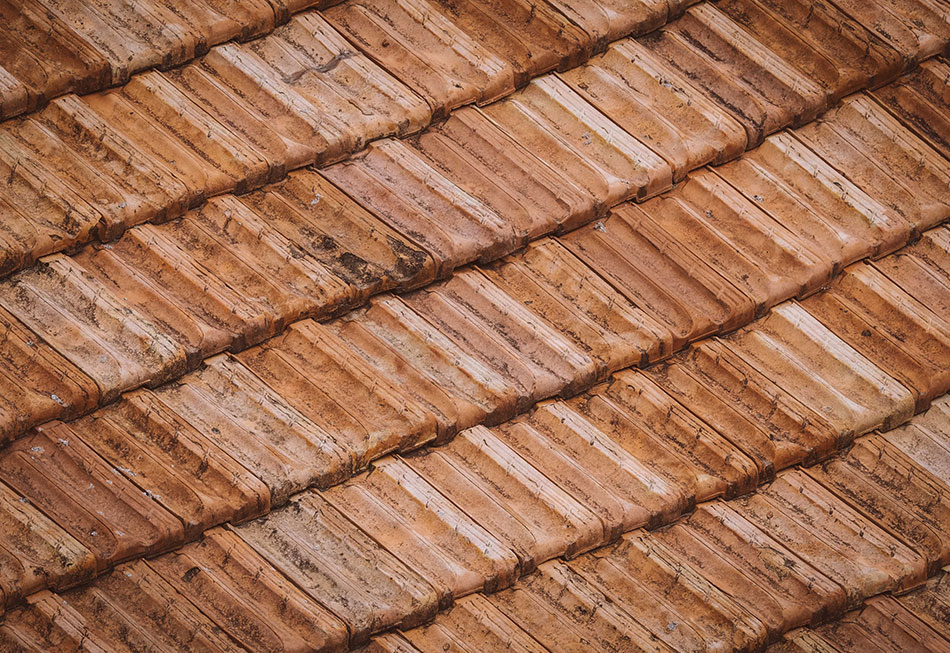
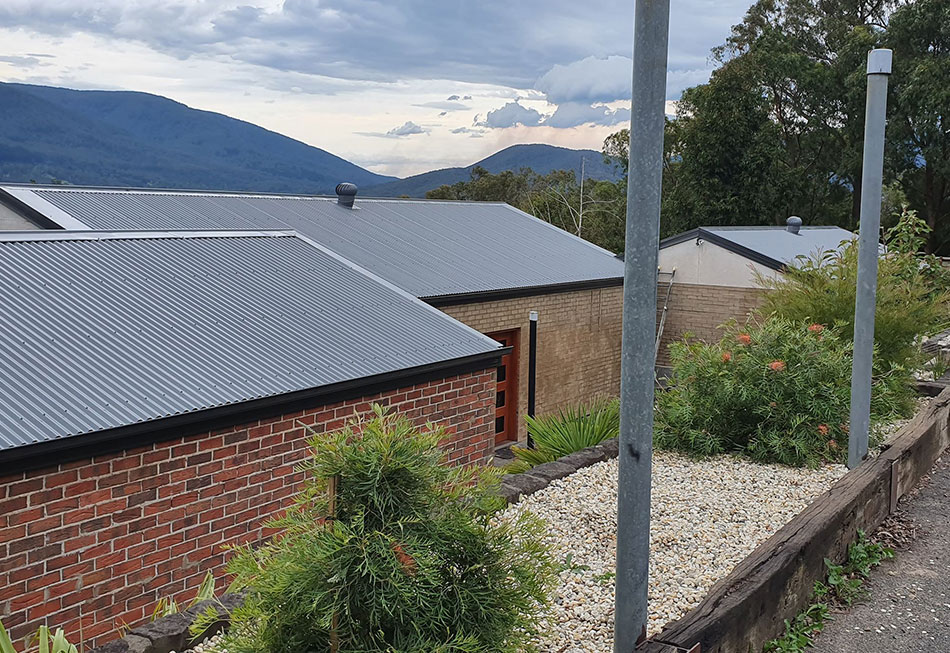

This Post Has 0 Comments